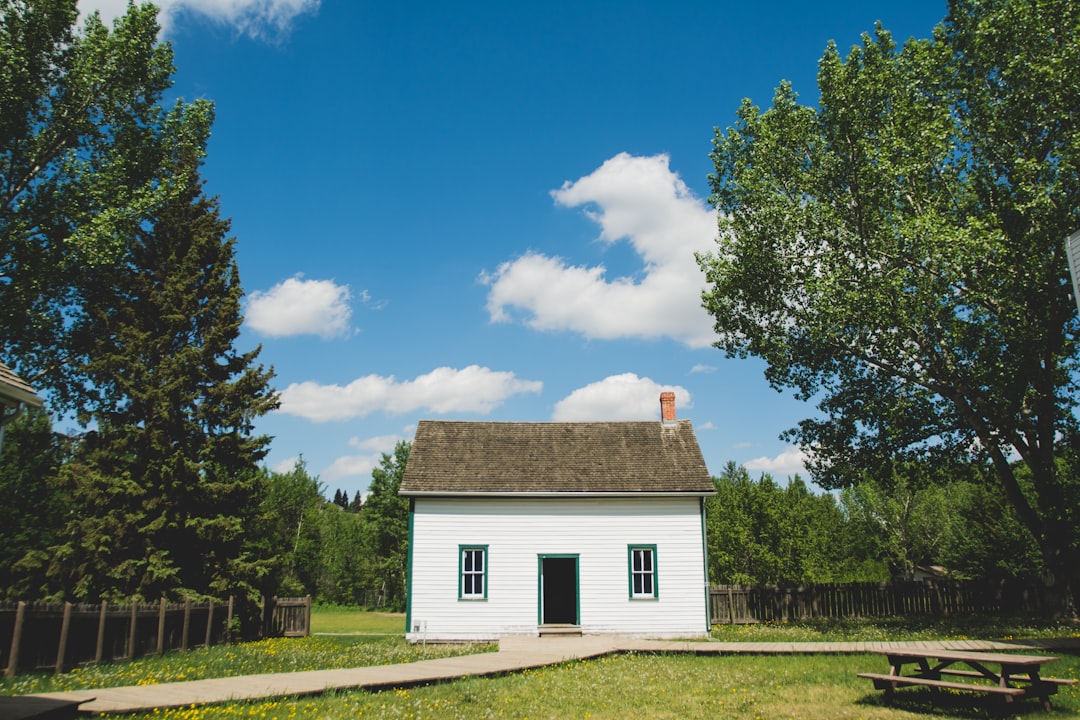Heritage homes serve as significant cultural landmarks, offering insight into architectural and historical narratives through their design and craftsmanship. Restoring these homes involves a meticulous process that respects their original features and construction ethos, often requiring specialized craftspeople who adhere to traditional building practices. This endeavor not only preserves the local ecosystem but also stimulates the local economy by employing such experts. By maintaining the integrity of historical homes, communities strengthen their cultural identity and enrich contemporary society with a tangible connection to its heritage. The article highlights the importance of careful conservation in renovating these properties, ensuring that architectural elements remain authentic while complying with preservation regulations, sustainable practices, and historical guidelines. Heritage home restoration is a commitment to authenticity, using period-appropriate materials and traditional techniques to enhance both the aesthetic appeal and longevity of these national treasures. It also involves navigating legal frameworks and securing grants to finance the project, with support from local heritage bodies that provide guidance and resources necessary for a sensitive and respectful restoration process.
Heritage homes stand as tangible reminders of our past, embodying architectural and historical narratives that are uniquely ours. The art of preserving these treasures is both a craft and a duty, ensuring their longevity for future generations to appreciate and learn from. This article delves into the intricacies of maintaining the integrity of such homes through careful restoration practices. We explore the significance behind each brick and beam, the legal frameworks that safeguard these structures, and the resources available to assist in this noble endeavor. Join us as we journey through the essential steps necessary for the upkeep of historical residences—our nation’s living history.
- Understanding the Significance of Restoring Heritage Homes
- The Process of Preserving Architectural and Historical Integrity in Home Renovations
- Sourcing Authentic Materials and Craftsmanship for Heritage Home Restoration
- Navigating Legal Frameworks and Grants Available for Heritage Home Restoration Projects
Understanding the Significance of Restoring Heritage Homes
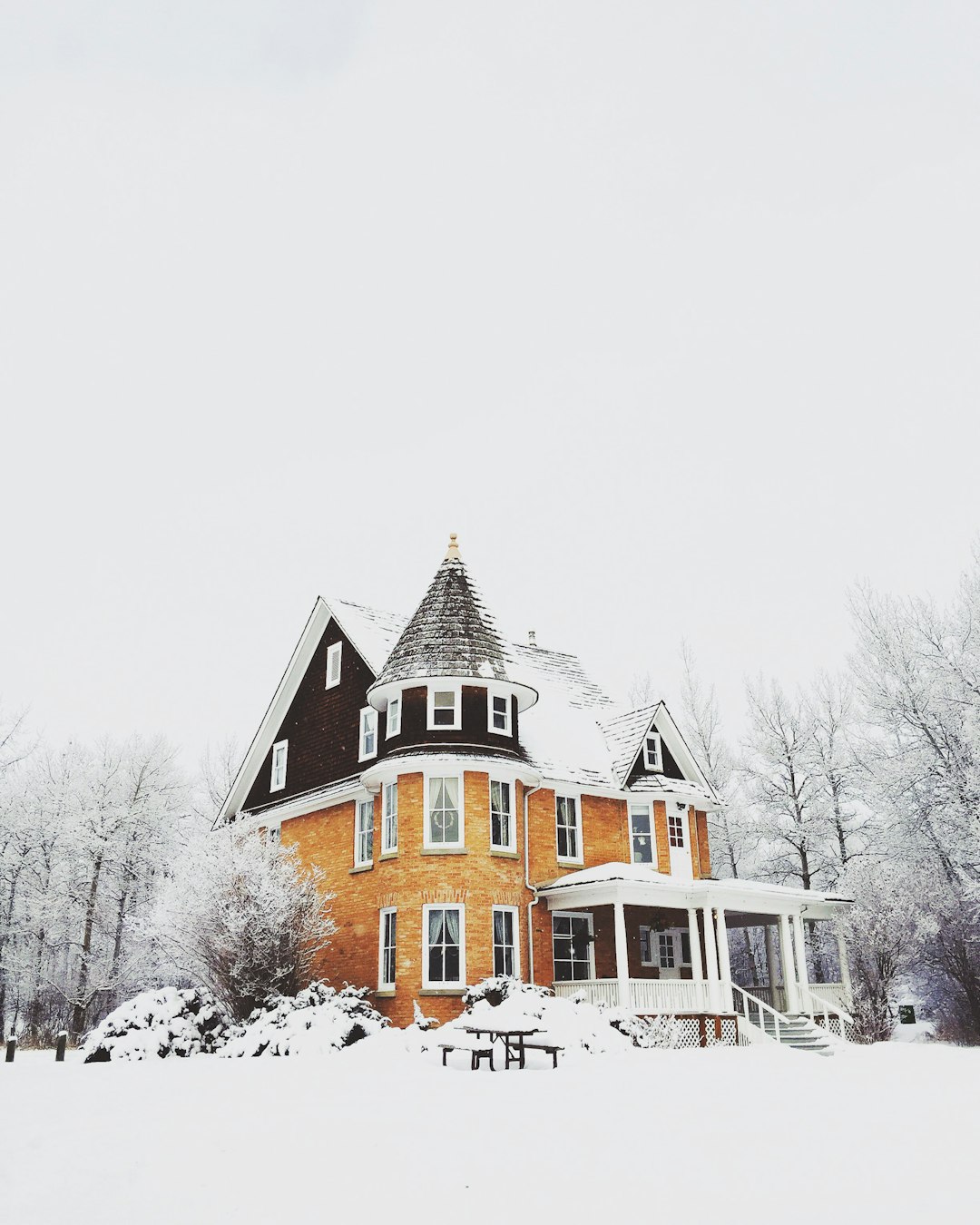
Heritage homes encapsulate the architectural and historical fabric of a region’s identity. These structures are not merely buildings; they are tangible artifacts that narrate stories of bygone eras, reflecting the evolution of design, craftsmanship, and cultural values over time. Restoring such homes is a meticulous endeavor that goes beyond mere physical upkeep; it involves a deep appreciation for the legacy they represent. The significance of this restoration lies in preserving the unique character these homes exhibit, often incorporating architectural styles that are no longer in active use today. Each restoration project is a journey into the past, uncovering original materials and features, and ensuring that the home’s history remains intact for future generations to witness and learn from. This process also contributes to the conservation of local ecosystems by retaining historical building practices and materials, which often have a lower environmental impact compared to modern alternatives. Furthermore, it supports the local economy by employing skilled artisans and tradespeople who specialize in traditional construction techniques. In doing so, restoring heritage homes fosters a connection between the community, its history, and its built environment, promoting a shared sense of pride and identity. The preservation of these treasures is crucial for maintaining a vibrant and diverse cultural landscape that enriches contemporary society.
The Process of Preserving Architectural and Historical Integrity in Home Renovations
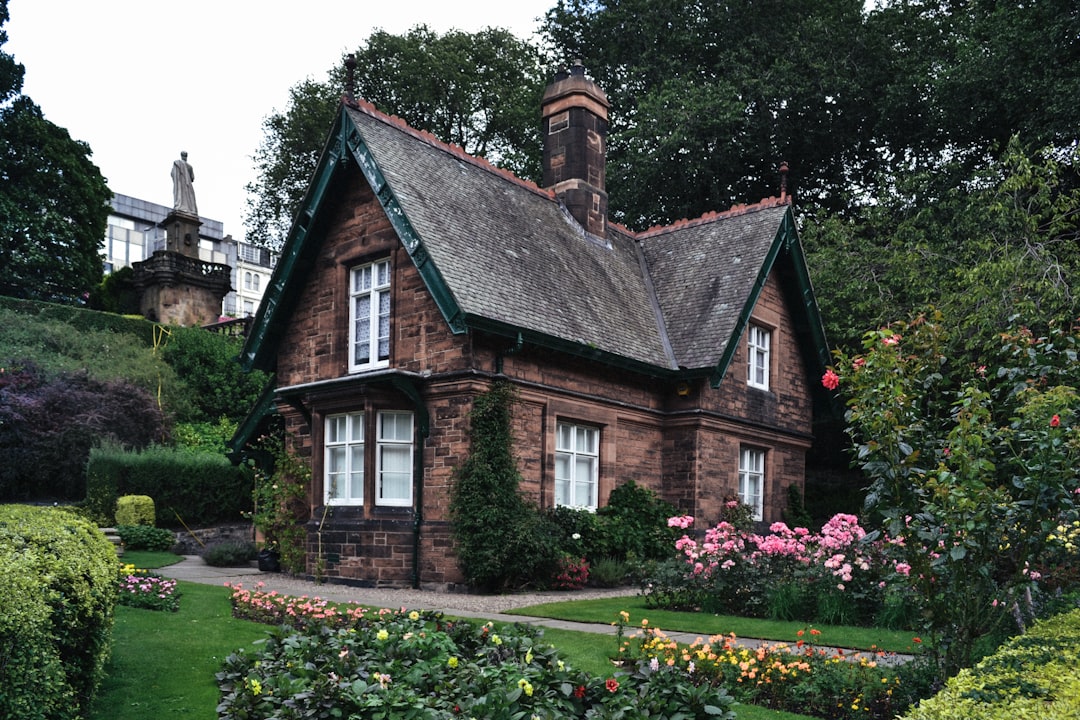
When embarking on renovations for heritage homes or historical properties, the primary focus is to maintain their architectural and historical integrity while updating them to meet modern living standards. This delicate balance requires a meticulous approach that respects the home’s original construction techniques, materials, and design elements. Renovators must engage with the building’s past, understanding its significance within a historical context, and plan restoration work with precision. The process often involves careful documentation of existing conditions, followed by thoughtful decisions on what to restore, repair, or replace. Original features such as woodwork, stained glass, and hardware are preserved or restored to their original state whenever possible, ensuring that the home’s character remains intact.
The use of specialized contractors who have expertise in preserving heritage homes is crucial. These professionals bring a wealth of knowledge about historical building techniques and materials, which are key to achieving a sympathetic restoration that honors the home’s legacy. In addition to adhering to local preservation guidelines and obtaining necessary permits, sustainable practices are often integrated into the renovation process. This not only helps in conserving energy but also in safeguarding the environment. Through careful planning, respectful construction techniques, and a dedication to preserving the essence of these treasured homes, it is possible to renew their splendor for future generations while paying homage to their storied pasts.
Sourcing Authentic Materials and Craftsmanship for Heritage Home Restoration
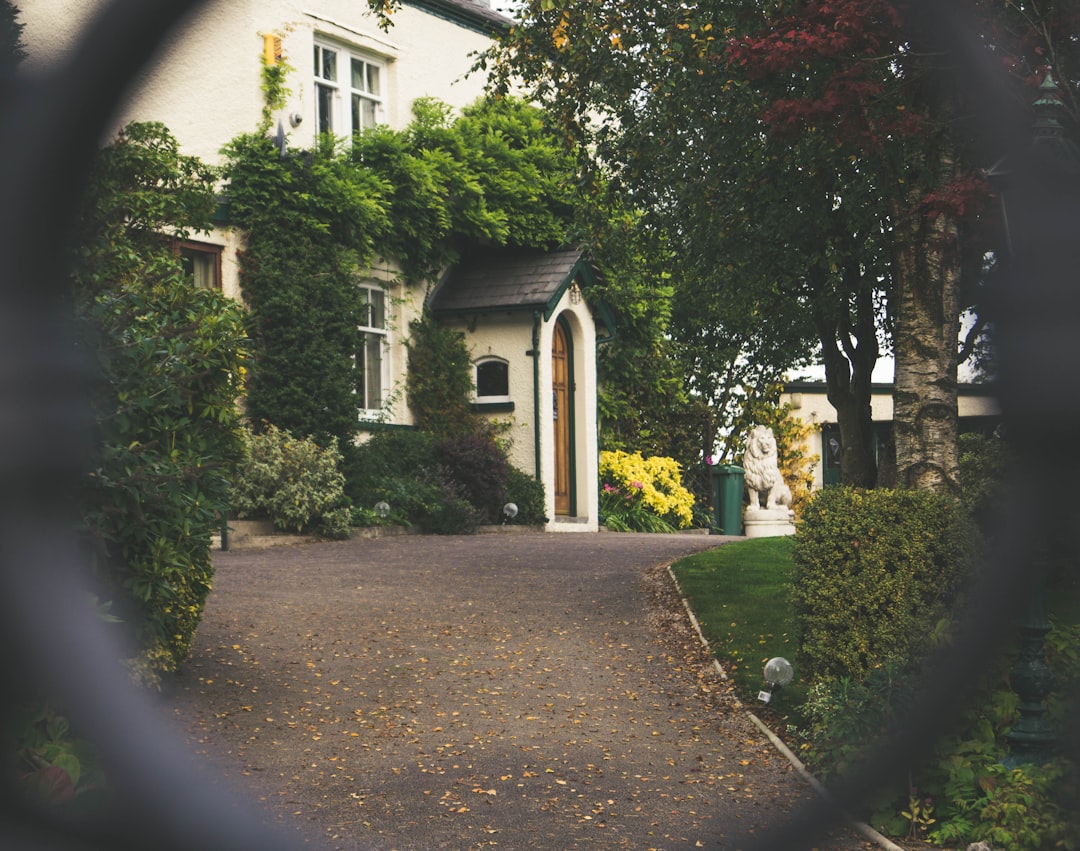
In the pursuit of preserving the integrity and charm of heritage homes, sourcing authentic materials and employing skilled craftsmanship is paramount. These dwellings are not merely structures but living time capsules that encapsulate the architectural and historical fabric of their respective eras. The selection of materials that accurately reflect the original construction techniques and materials is essential to maintaining the character and value of these homes. Contractors specializing in heritage home restoration often go to great lengths to procure wood, stone, or other building elements from sources that align with the period of the property. This commitment to authenticity ensures that the home’s aesthetic and structural integrity are maintained, providing future generations with a tangible connection to the past.
The craftsmanship involved in restoring heritage homes is as intricate and skilled as it was during their original construction. Artisans who understand the nuances of historical architectural styles are invaluable assets to such projects. Their expertise in traditional building methods, from joinery to plasterwork, allows for repairs that are seamless and historically accurate. This meticulous approach not only honors the home’s original design but also extends its lifespan, ensuring that it can continue to stand as a testament to its time, long after contemporary structures have fallen into disrepair or been remodeled beyond recognition.
Navigating Legal Frameworks and Grants Available for Heritage Home Restoration Projects
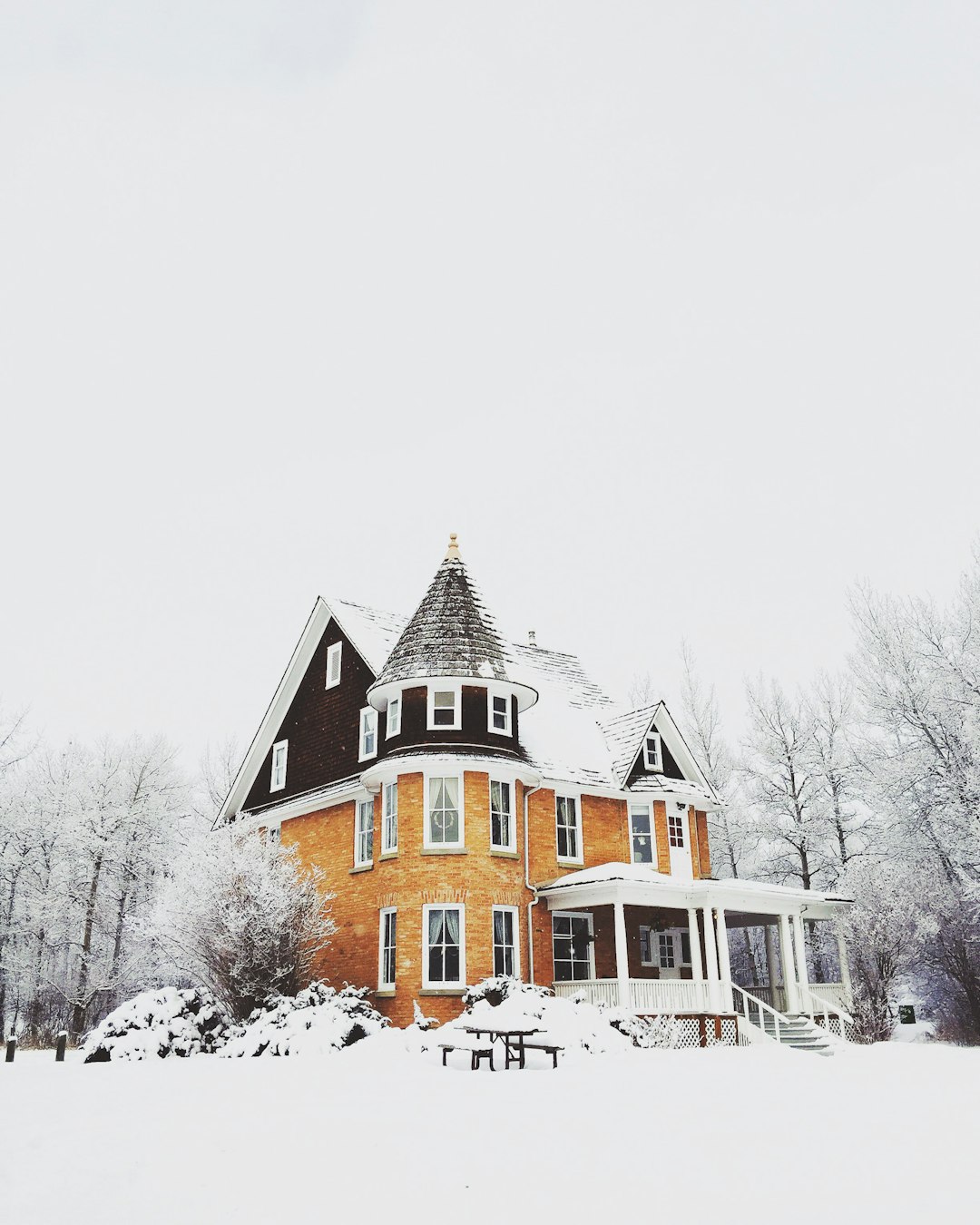
Navigating the legal frameworks and securing funding are pivotal steps in the restoration of heritage homes. Homeowners embarking on such projects must familiarize themselves with local heritage regulations, which often dictate the types of alterations permissible to maintain the integrity of the historical structure. These guidelines safeguard the architectural and historical significance of the property, ensuring it remains a vital part of the community’s cultural narrative. To assist with the financial aspect, various government and private grants are available for eligible heritage home restoration projects. These grants, often tailored to promote the preservation of significant buildings, can provide substantial support. Prospective restorers should research these opportunities early in the process, as they can significantly reduce the financial burden and facilitate a more authentic and respectful renovation that aligns with conservation principles. It’s advisable to consult with local heritage bodies or preservation experts who can guide applicants through the application process for these grants, enhancing the chances of successful funding acquisition. Understanding the intricacies of both legal frameworks and the availability of financial aid is crucial for a restoration that honors the home’s historical value while ensuring its continued stability and use.
restoring heritage homes is not merely a preservation effort but a commitment to safeguarding history and architectural integrity for future generations. This article has illuminated the importance of authentic material sourcing and expert craftsmanship in maintaining the character and essence of these structures. Navigating legal frameworks and securing available grants are pivotal steps in ensuring such restorations are feasible. By embracing these practices, we honor the legacy of our past while creating a living museum that resonates with both the old and the new. Heritage homes stand as testaments to our collective history, and their preservation is essential for an appreciation of cultural heritage, architectural diversity, and historical continuity.
